
Architectural identity lives in the details. Rooflines, windows, entries, and material selections influence how a home feels, functions, and represents its occupants. These enhancements go beyond surface appeal to create spaces that feel grounded in story and place.

What Were They Before Casinos? 5 Buildings Which Once Had Very Different Purposes
Articles | 1 week agoCasinos are built to dazzle, but many of them carry hidden layers of history. From theatres and spas to world fair pavilions, their pasts reveal how architecture and culture adapt over time. Next time you step into a casino, you might wonder, what stood here before the roulette wheels and blackjack tables?
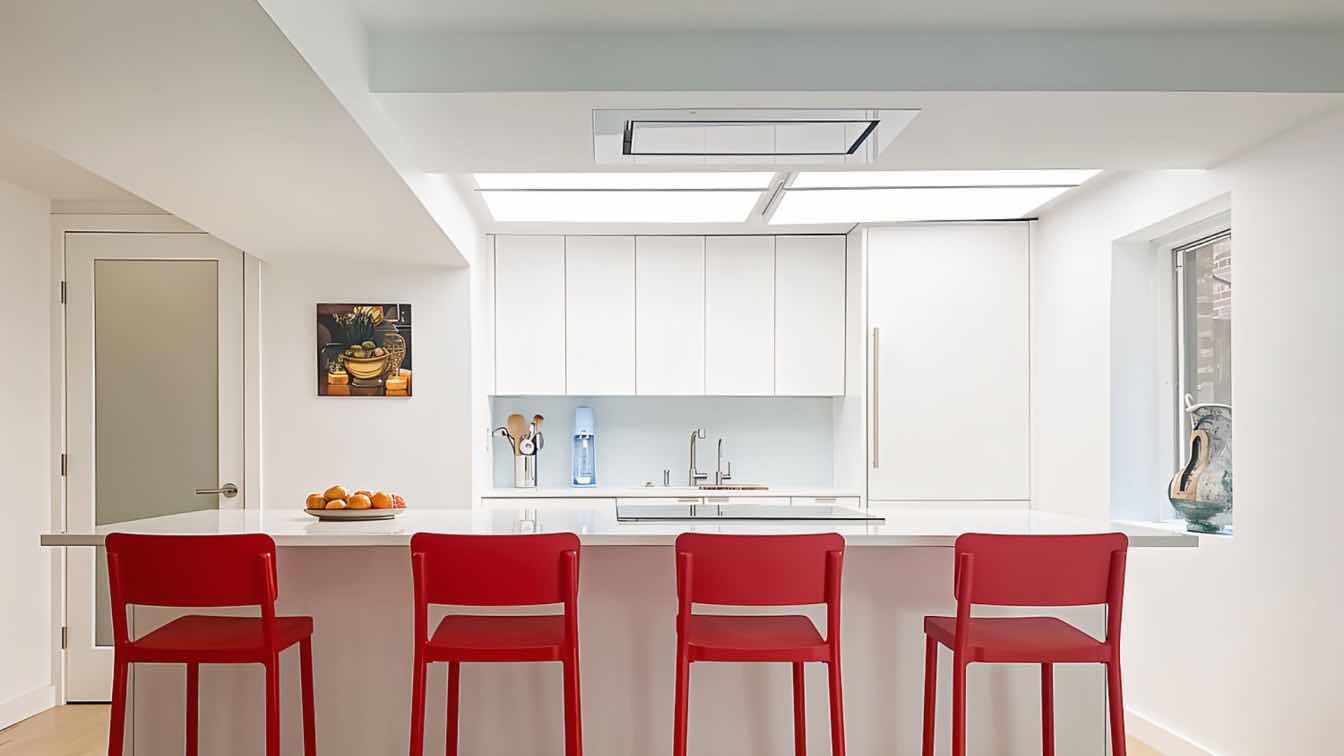
Two Units Combine into One Bold, Modern Apartment by Wiebenson & Dorman Architects
Apartments | 1 week agoA mom and daughter living in the heart of downtown Georgetown who were looking to expand their apartment– without the sacrifice of their ideal location– are transcending the boundaries of an addition.
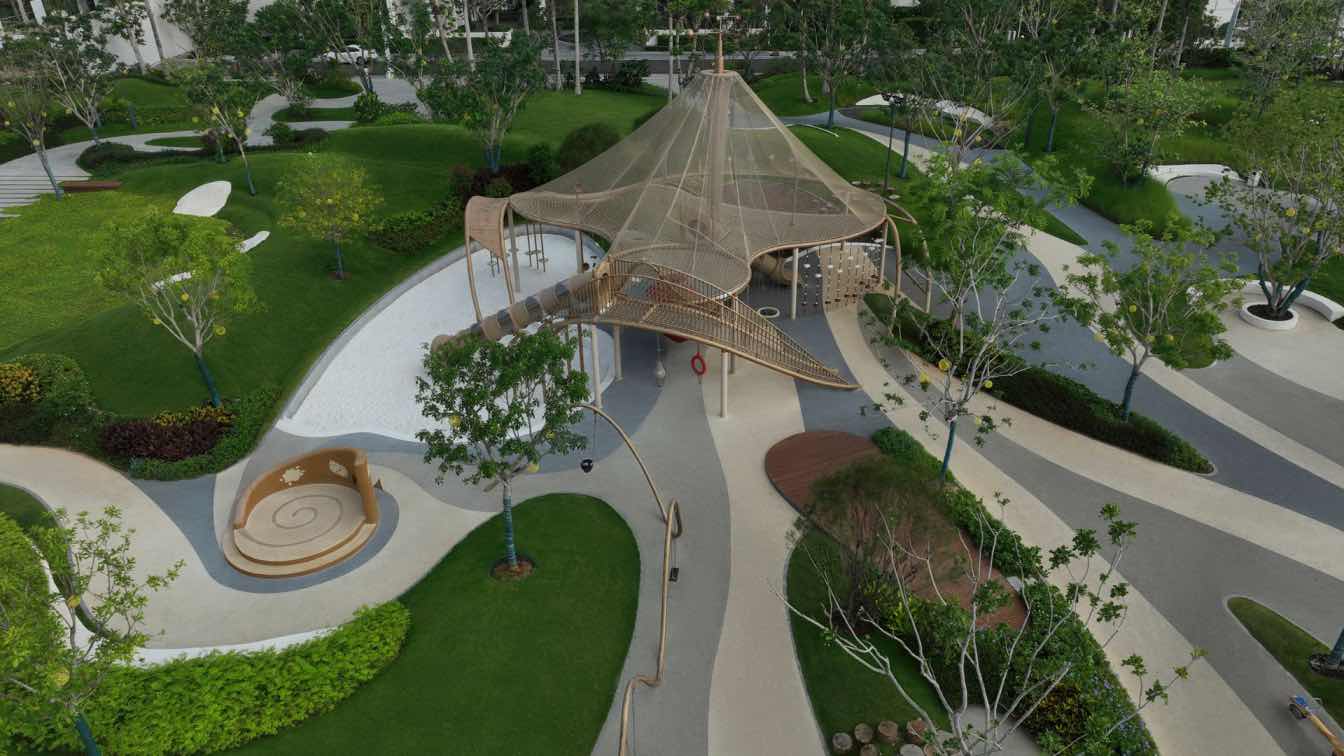
Sanya Yazhou Bay Science and Technology City Tonghai Park by Chengdu MaiWei Landscape Architecture Studio
Park | 1 week agoLocated in Yazhou District of Sanya, Hainan Province, the site is adjacent to the coastline of Yazhou Bay and connects to the central park of Sanya Deep Sea Science and Technology City.
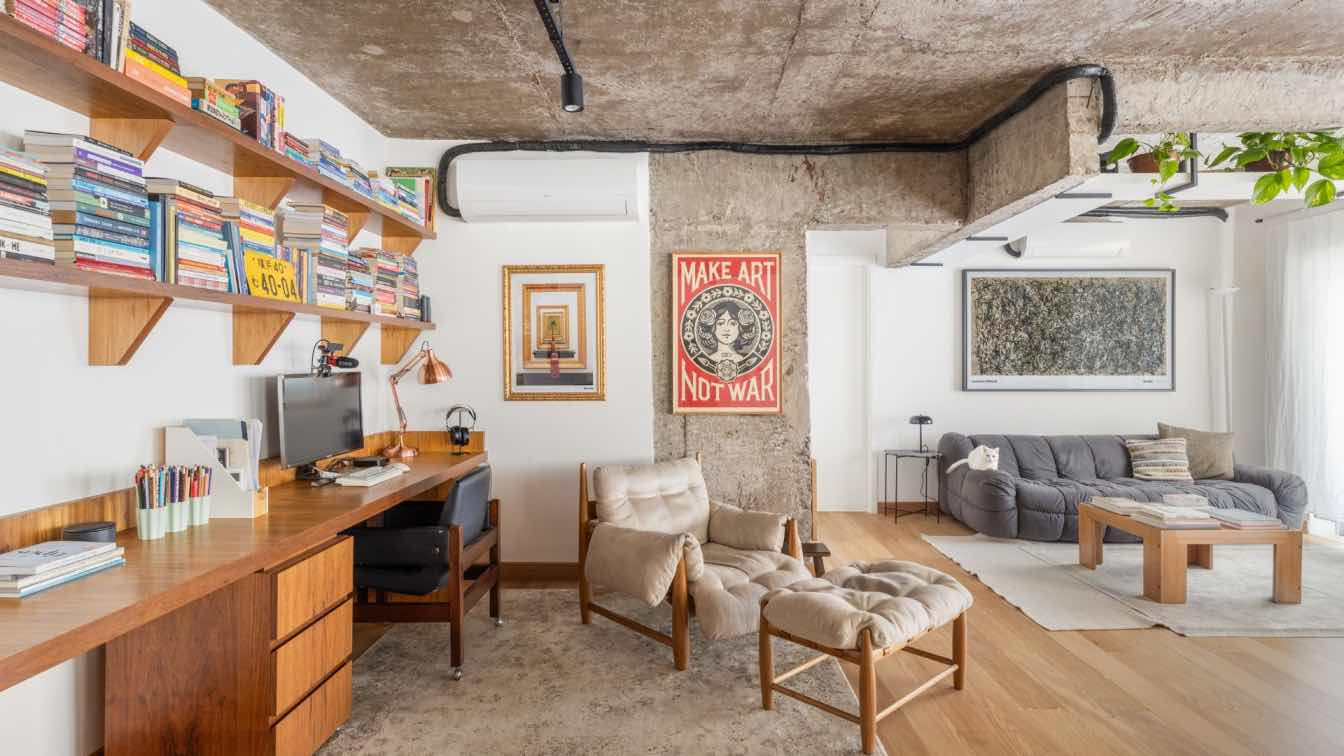
Since the first visit to the 98-square-meter apartment located in São Paulo, the future owners immediately felt a connection to the history of the place. The exposed concrete structure – with pillars, beams, and raw-finish slabs – revealed the marks of time.
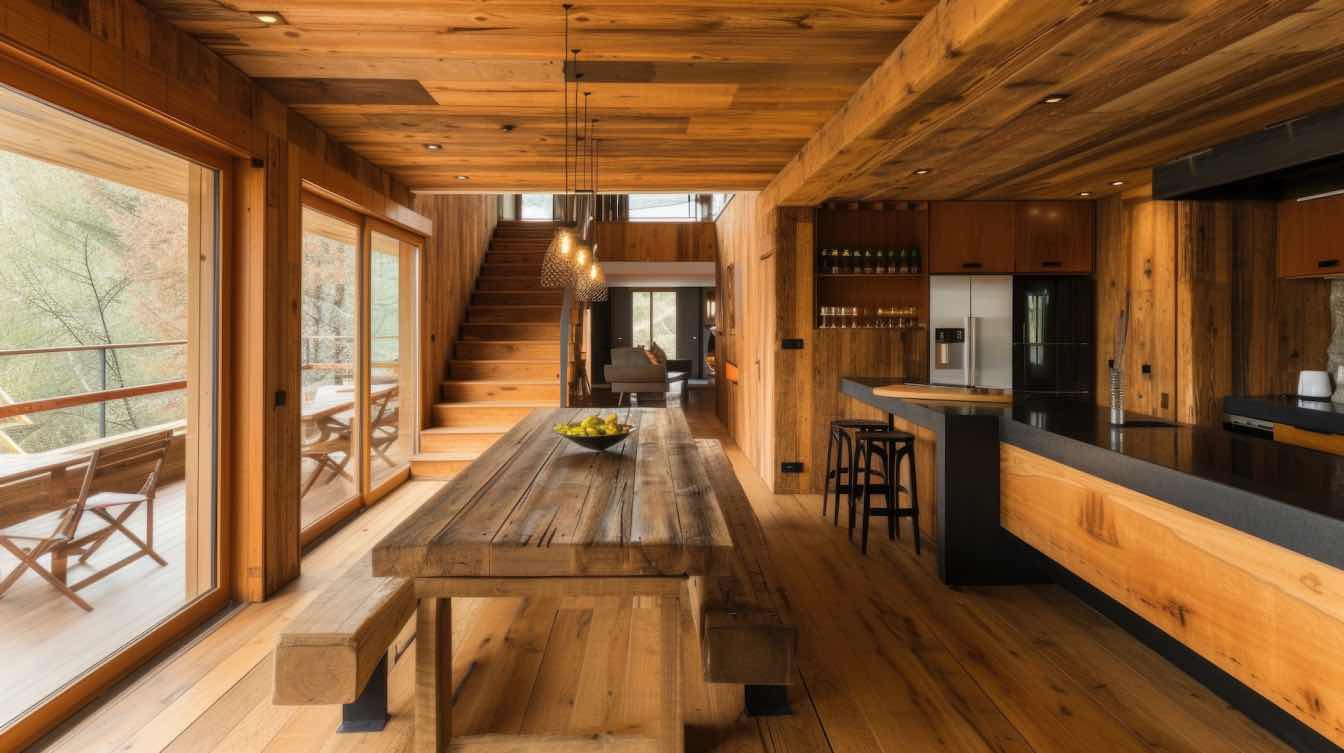
Designing with hard materials gets easier when you stop fighting them and start working with their natural strengths. The process may take a little more planning and the right equipment, but the results can be striking.
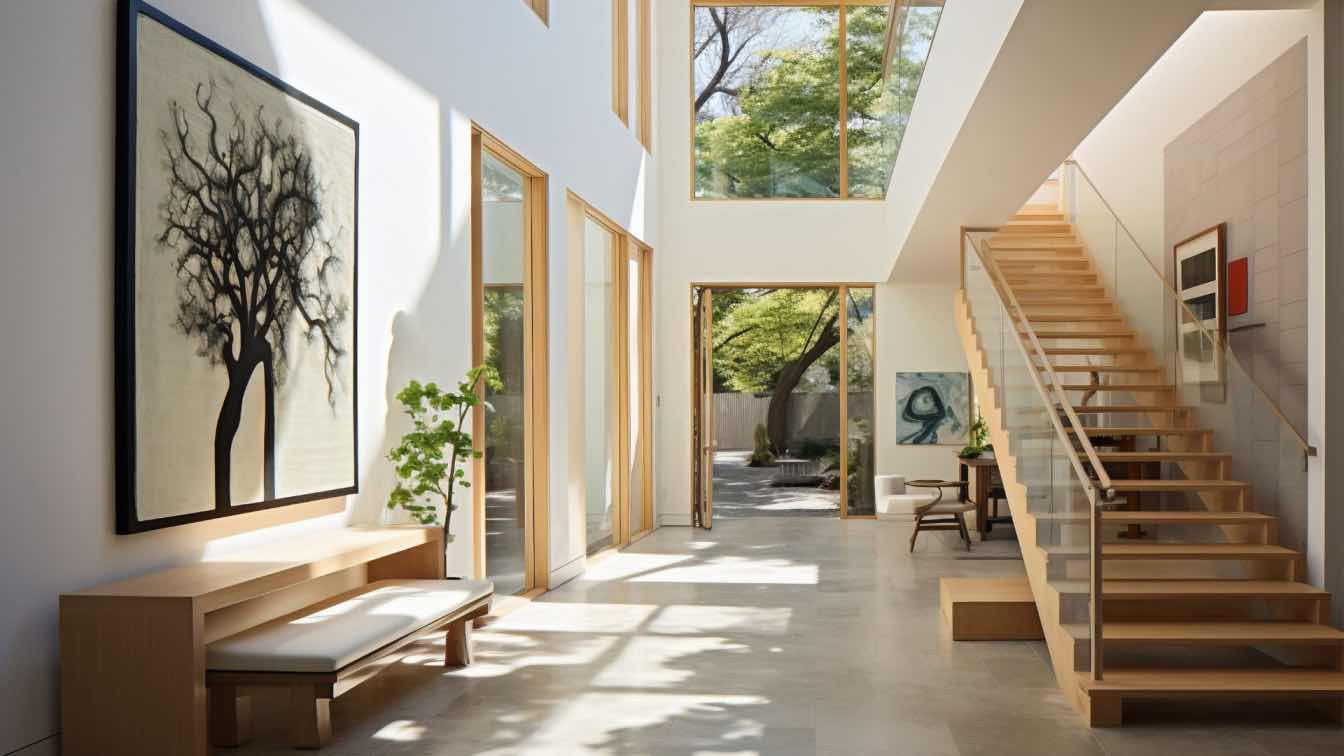
You don’t need a massive budget or a total remodel to create a home that stands out. A bold light in the entryway, a mix of textures, custom pieces that actually fit your space, and some personal touches can do more than you’d think.
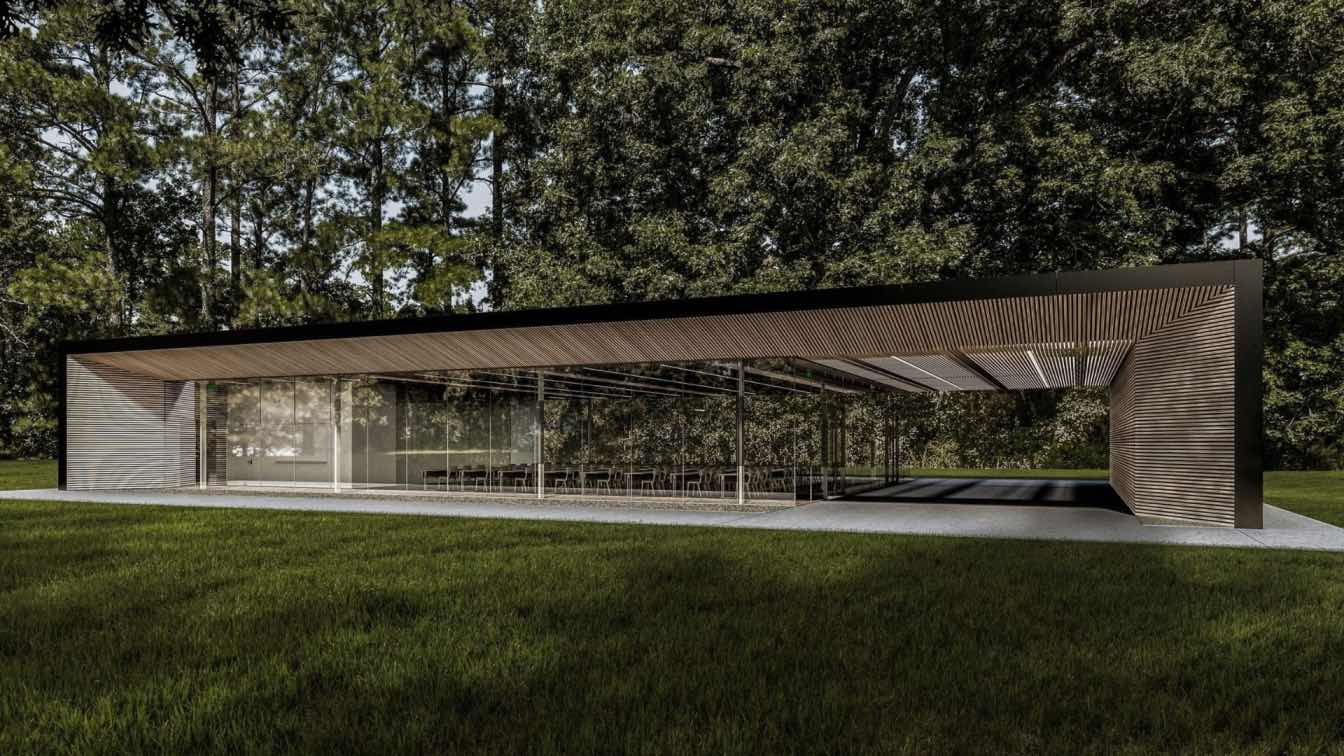
Modern Assembly Hall Pavilion - Contemporary Civic Architecture & CAD Floor Plan Design
Visualization | 1 week agoAcross cultures and eras, assembly halls and pavilions have been central to public life. From the agoras of ancient Greece to the glass pavilions of 20th-century modernism, these structures have embodied a society’s values, serving as places where communities gather, deliberate, and celebrate.